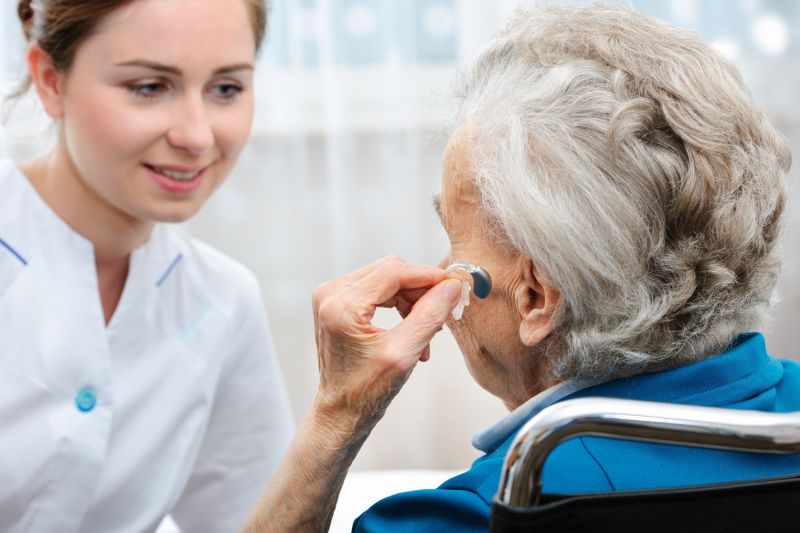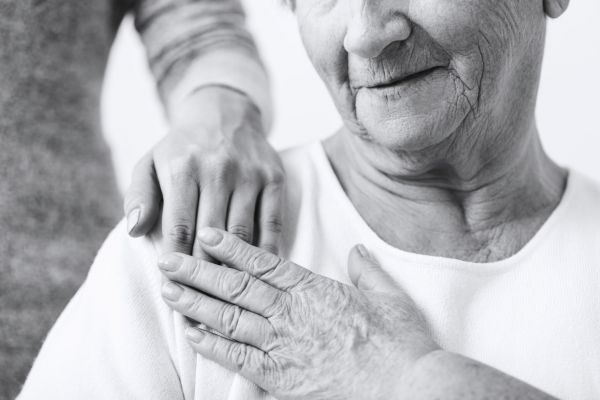Cross-Cultural Communication in Caregiving: Tips and Strategies
iSavta | 07.08.2023

In today's increasingly diverse society, cross-cultural communication has become a crucial skill, particularly in caregiving roles. Caregivers are entrusted with the responsibility of providing support and assistance to individuals from various cultural backgrounds, and effective communication is essential for building trust, understanding needs, and delivering appropriate care. However, navigating cultural differences can present challenges. This article explores tips and strategies for enhancing cross-cultural communication in caregiving.
Cultivate Cultural Awareness:
The first step towards effective cross-cultural communication is to develop cultural awareness. Caregivers should familiarize themselves with the cultural beliefs, values, and practices of the individuals they are assisting. This knowledge helps to understand their unique perspectives, preferences, and communication styles. By embracing cultural diversity, caregivers can establish a respectful and inclusive environment.
Active Listening:
Active listening is a cornerstone of effective communication, especially in cross-cultural settings. Caregivers should focus on listening attentively, without interrupting or making assumptions. They should pay attention to non-verbal cues such as body language, facial expressions, and tone of voice, which can convey important cultural nuances. Demonstrating genuine interest and empathy fosters trust and encourages open communication.
Respect for Personal Space:
Different cultures have varying norms regarding personal space. Some individuals may prefer a more hands-on approach, while others may feel uncomfortable with physical contact. It is crucial for caregivers to be sensitive to these cultural differences and respect the personal boundaries of those in their care. By understanding and adapting to individual preferences, caregivers can establish a rapport based on trust and mutual respect.
Use Clear and Simple Language:
Language barriers can pose significant challenges in cross-cultural caregiving. Caregivers should use clear and simple language, avoiding complex medical jargon or technical terms that may be difficult to understand. It is helpful to use visual aids, gestures, and demonstrations to enhance comprehension. Additionally, using professional interpreters or language translation services can bridge the communication gap and ensure accurate information exchange.
Avoid Assumptions and Stereotypes:
Assumptions and stereotypes can hinder effective communication and perpetuate misunderstandings. Caregivers must approach each individual with an open mind, without making assumptions based on cultural stereotypes. Recognizing that cultural diversity encompasses a wide range of beliefs and practices helps to foster a more inclusive and unbiased approach to caregiving.
Adapt Communication Styles:
Communication styles vary across cultures, and what may be considered appropriate in one culture may not be in another. Caregivers should be flexible and adaptable in their communication approach. They should be mindful of the pace, tone, and directness of their communication, taking cues from the individual they are caring for. Adapting to different communication styles helps to create a comfortable and harmonious caregiving relationship.
Seek Clarification:
Miscommunication can occur even when both parties have the best intentions. To ensure clarity, caregivers should encourage individuals to ask questions and seek clarification. They should be patient and willing to explain concepts or procedures in different ways until they are fully understood. Proactive communication fosters a collaborative approach and empowers individuals to actively participate in their care.
Cultural Sensitivity Training:
To enhance cross-cultural communication skills, caregivers can undergo cultural sensitivity training. These training programs provide valuable insights into various cultures, cultural competence, and strategies for effective communication. By investing in continuous education and self-improvement, caregivers can develop a deeper understanding of cultural differences and improve their ability to provide culturally appropriate care.
Build Multicultural Teams:
In caregiving settings, building multicultural teams can offer significant benefits. By bringing together caregivers from diverse backgrounds, institutions can create an environment that embraces cultural diversity and fosters cross-cultural understanding. Multicultural teams can support each other, share knowledge, and serve as resources for navigating cultural differences.
Feedback and Continuous Improvement:
Caregivers should actively seek feedback from individuals and their families to gauge the effectiveness of their communication and care. Feedback provides valuable insights into areas that may need improvement and allows caregivers to adapt their approach accordingly. Embracing a continuous improvement mindset ensures that caregivers are continually enhancing their cross-cultural communication skills.
In conclusion, cross-cultural communication plays a vital role in caregiving, enabling caregivers to provide appropriate and compassionate care to individuals from diverse cultural backgrounds. By cultivating cultural awareness, practicing active listening, respecting personal space, using clear language, avoiding assumptions, adapting communication styles, seeking clarification, undergoing cultural sensitivity training, building multicultural teams, and embracing feedback, caregivers can enhance their cross-cultural communication skills and foster meaningful connections with those in their care. Ultimately, effective cross-cultural communication contributes to the delivery of person-centered care and promotes positive health outcomes for all individuals, regardless of their cultural background.












